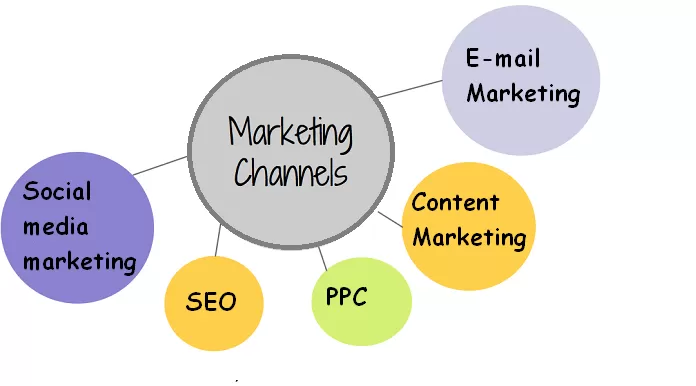Of course, you want the maximum ROI from your marketing efforts. Email offers the highest returns for marketers year after year. Last year email marketing’s return on investment was 42:1 on average, up from 38:1 the previous year, according to Litmus State of Email Survey findings.
The results not only show email’s powerful (and continually growing) ROI, but they illustrate which email marketing tactics and strategies offer the most benefit to marketers. The results also show which tactics don’t pull much weight when it comes to generating ROI.
What factors most influence ROI?
Beyond measurement, they examined a wide range of factors and were surprised by some that were associated with an increased ROI and some that weren’t. We broke down the factors into 5 major categories, each containing several components, to make this information digestible. These categories are company factors, email programming factors, testing factors, personalisation and content factors, and analytics factors.
Company
Regulatory Environment
The UK and European Union have the strongest anti-spam and privacy laws in the world—and GDPR has made them even stronger. On the other hand, the United States has incredibly lax email marketing laws, thanks chiefly to the CAN-SPAM Act. We’ve argued that CAN-SPAM is so lax that it harms US businesses.
Email team size
The size of your email marketing team similarly affects returns. For example, programs with two or fewer full-time employees generate an ROI of 42:1 on average, compared to 46:1 for programs with three to five full-time employees. Staffing is a critical element of resourcing, and resourcing levels correlate strongly with email marketing success.
Industry
ROI also fluctuates based on industry. The travel, tourism, and hospitality industries reported substantially more ROI (53:1) than software and technology companies (40:1).
Email Program
Email List Size
How many subscribers are on your list? This has a significant impact on ROI. Brands with less than 500,000 subscribers reported an ROI of 39:1, whereas those with 500,000+ generated an ROI of 44:1. Teams with a list size larger than 10 million subscribers reported even higher returns (46:1).
Email Frequency
Some marketers believe that more email equals more success—but that’s only true to an extent. According to our research, the sweet spot appears to be somewhere between 5-8 emails per month per subscriber. Sending a moderate amount of 5-8 emails generated an ROI of 48:1, while sending less or more yielded lower returns.
Permission Practises
Single opt-in (SOI) generally boosts list size at the expense of quality, while double opt-in (DOI) sacrifices list size to improve quality. While list sizes correlate with higher ROIs, so does list quality.
Testing
Spam Filter Testing
Email deliverability is essential. After all, if emails can’t reach your subscribers, you’ll never see engagement. But 16% of permissions-based emails never make it to the inbox—and those businesses are leaving money on the table. If your emails don’t even make it to the inbox, it means wasted time, wasted resources, and zero results.
It’s no surprise that companies that run emails through spam filter tests before sending them see substantially higher ROI than those who don’t. Those who use spam filter tests before sending emails reported an ROI of 51:1, while those who don’t report an ROI of 39:1.
Hyper-personalisation Email Content
Dynamic Content
Hyper-personalisation is a key way that brands create relevancy in their email messages. By leveraging demographic, behavioural, and other data, it helps brands demonstrate they know and understand each subscriber on a meaningful level. AI machine learning hyper-personalisation solutions. This identifies consumer’s future behaviour, ranking every SKU by the greatest likelihood of that individual consumer to purchase. It presents select products to that individual at exactly the right time, thereby maximising that individual’s customer lifetime value CLV potential.
See this essential report: Hyper-personalisation in email marketing
Unsurprisingly, the more often you use dynamic content and personalisation, the better the performance. For instance, brands that never or rarely include dynamic content see an email marketing ROI of 36:1, compared to 44:1 for brands that “often or always” include it.
Analytics in email marketing ROI
The use of additional analytics tools
Companies that use additional email analytics tools reported more ROI than those that did not, most likely because they are using as much data as possible to iterate and improve their campaigns.
Those who use additional analytics tools to supplement the email metrics and performance dashboards provided by their email service provider saw an ROI of 43:1. Those who didn’t report an ROI of 39:1. The use of robust analytics tools contributes to a greater understanding of what works and what doesn’t— and that’s what drives continuous improvement and, ultimately, higher returns. Those using hyper-personalisation saw an exponentially greater return than any of these.





